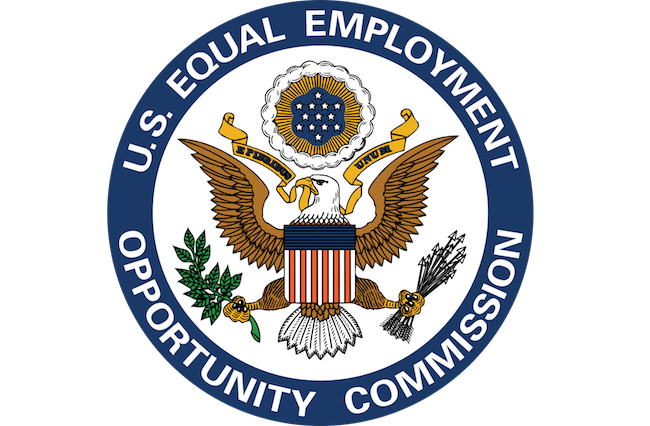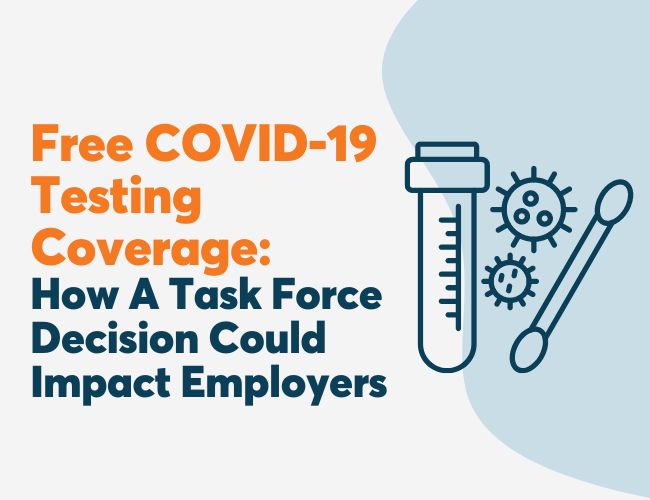The current wellness regulations sunset in January 2019, and the U.S. Equal Employment Opportunity Commission (EEOC) has employers guessing “what’s next” by making no moves to institute new ones. Before diving into what this means for employers, a little history lesson will help set the stage for how the employee wellness industry got to this point.
 In August 2017, Judge John Bates of the U.S. District Court for the District of Columbia issued a memorandum in the AARP’s lawsuit against the EEOC. The ruling sided with the AARP, which argued that the EEOC did not explain the reasoning behind wellness plan compliance obligations with respect to the Americans with Disabilities Act (ADA) and Genetic Information Nondiscrimination Act (GINA).
In August 2017, Judge John Bates of the U.S. District Court for the District of Columbia issued a memorandum in the AARP’s lawsuit against the EEOC. The ruling sided with the AARP, which argued that the EEOC did not explain the reasoning behind wellness plan compliance obligations with respect to the Americans with Disabilities Act (ADA) and Genetic Information Nondiscrimination Act (GINA).
As a result of the ruling, the EEOC had to reconsider two regulations surrounding employer-sponsored wellness programs. According to Judge Bates, the EEOC failed to offer a reasoned explanation for its decision to allow plans and insurers to offer incentives of up to 30% of the cost of self-coverage in exchange for an employee’s participation in a wellness program. The AARP argued that stipulations of ADA and GINA require wellness plan participation be voluntary, but employees who cannot afford to pay a 30% increase in premiums would be forced to disclose their protected information when they otherwise wouldn’t choose to do so, making the program a requirement for all intents and purposes. Judge Bates said, “neither the final rules nor the administrative record contains any concrete data, studies or analysis that would support any particular incentive level as the threshold past which an incentive becomes involuntary in violation of the ADA and GINA.” This means the EEOC had to reconsider these regulations and/or provide more evidence for their decision. The deadline for issuing new wellness regulations, which was moved up by Judge Bates, needed to be in place by January 2019.
In late June, BenefitsPRO reported that the EEOC has no immediate plans to issue new wellness regulations, which is generating significant regulatory and legal uncertainty for employers. It is now incumbent upon employers to make a decision without guidance. Employers that penalize employees who decline to participate in wellness questionnaires and exams will need to decide whether or not they plan to continue their program. Employers that choose not to adapt their programs will face the risk of EEOC enforcement or private legal action from employees. As an alternative, employers can allow employees to satisfy the requirements for a questionnaire or exam through a non-clinical alternative, such health literacy training (think Quizzify) or wellness challenges.
While this clearly good news for employees, it is also beneficial to employers. To the extent the EEOC’s inaction spurs them to remove requirements for questionnaires and screenings (regardless if they want to or not), the outcome for employers is still a positive. Many will end up with programs that remove or de-emphasize wellness solutions proven not to work and have the opportunity to provide alternatives that actually do make a difference. Undoubtedly, there will be employers that will provide alternatives or remove screenings altogether as well as ones that will keep the status quo. Those who choose to risk enforcement or legal action by making no adjustments to their programs will provide the wellness industry with lots of topics to discuss and news to follow in 2019.













